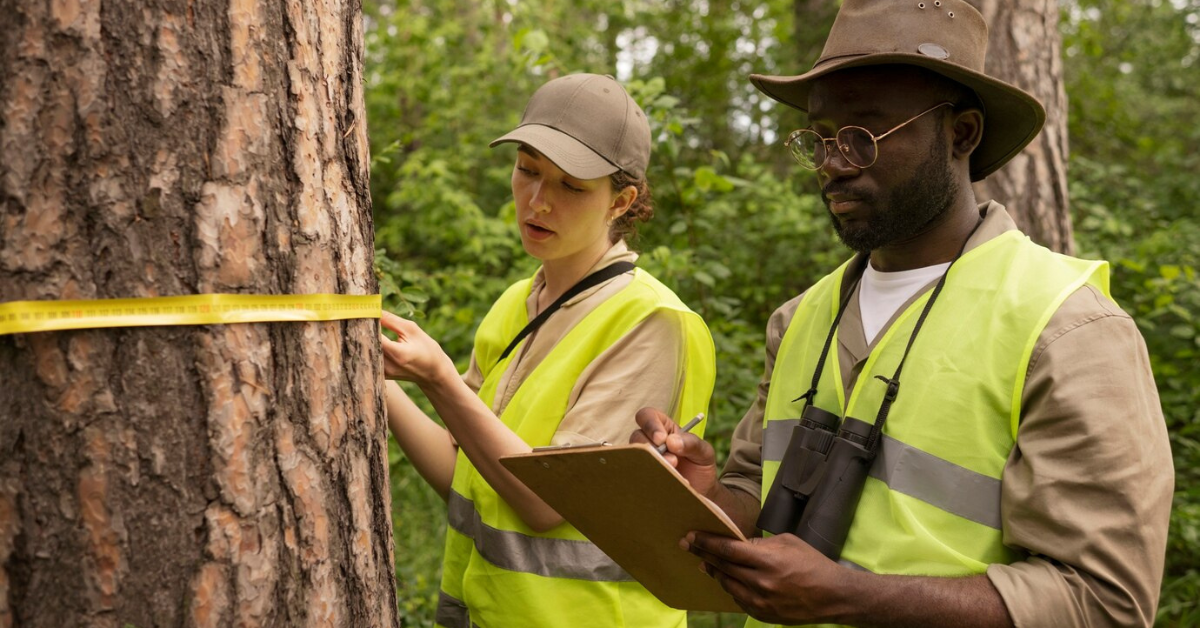Understanding the Lowest Common Ancestor in Tree Structures
In the study of trees and hierarchical data structures, understanding relationships between nodes is crucial. One such fundamental concept is the lowest common ancestor, often abbreviated as LCA. It’s widely used in computer science, especially in algorithms, data processing, and network systems.
This guide explores the meaning, application, and methods to compute the lowest common ancestor in various types of trees.
Table of Contents
- What Is the Lowest Common Ancestor?
- Real-World Relevance of LCA
- LCA in Binary Trees
- LCA in Binary Search Trees (BST)
- LCA in General Trees
- Table: Comparison of LCA Algorithms and Time Complexities
- Approaches to Finding LCA
- Recursive Algorithm for LCA
- Iterative Approach for Binary Trees
- Using Parent Pointers to Find LCA
- LCA in DAGs and Advanced Structures
- Applications of LCA in Computer Science
- Challenges and Common Pitfalls
- Final Thoughts
- FAQs
What Is the Lowest Common Ancestor?
The lowest common ancestor is defined as the lowest node in a tree that has both given nodes as descendants. Importantly, a node is considered its own descendant.
If you think of a family tree or directory file system, the LCA represents the deepest shared parent between two files or relatives.
Real-World Relevance of LCA
The concept of LCA extends far beyond textbooks:
- Genealogy: Determining the most recent common ancestor in family history.
- File Systems: Locating a common directory in hierarchical folders.
- Web Development: DOM tree operations in browsers.
- Biology: Understanding evolutionary trees and taxonomy.
Its ability to trace back relationships makes LCA highly versatile.
LCA in Binary Trees
A binary tree is a structure where each node has at most two children. The LCA algorithm in a binary tree does not assume any specific order.
In this scenario, you search both left and right subtrees recursively until you locate both nodes. The point where they diverge is the lowest common ancestor.
This method works for all binary trees, even if they are not ordered.
LCA in Binary Search Trees (BST)
Binary Search Trees are special binary trees where:
- The left child is smaller than the parent.
- The right child is greater than the parent.
In BSTs, finding the LCA becomes more efficient. You can determine the LCA by comparing node values and traversing left or right accordingly.
This allows an optimized time complexity of O(h), where h is the height of the tree.
LCA in General Trees
For n-ary trees, where nodes can have more than two children, the LCA process requires general recursive traversal. Since tree height may vary, additional data structures like depth arrays and parent pointers may be used to optimize.
Table: Comparison of LCA Algorithms and Time Complexities
| Tree Type | Method | Time Complexity | Space Complexity |
| Binary Tree | Recursive traversal | O(n) | O(n) |
| Binary Search Tree | Value comparison | O(h) | O(1) |
| General Tree | DFS with depth tracking | O(n) | O(n) |
| Tree with Parent Pointers | Path comparison | O(h) | O(h) |
| Preprocessed Tree | Euler tour and RMQ | O(1) query, O(n log n) setup | O(n log n) |
Approaches to Finding LCA
There are several ways to compute the LCA based on the tree type and available data:
- Simple Recursion
- Using Parent Pointers
- Binary Lifting (for large static trees)
- Euler Tour with Range Minimum Query (RMQ)
Each has its pros and cons depending on time sensitivity and memory usage.
Recursive Algorithm for LCA
A commonly used recursive approach works well for binary trees. Here’s how it works:
- If the current node is null, return null.
- If the current node matches either of the target nodes, return it.
- Recursively check the left and right subtrees.
- If both sides return non-null, this node is the LCA.
- If one side returns non-null, pass it upward.
This method is simple and intuitive, but not optimal for very large trees.
Iterative Approach for Binary Trees
To avoid recursion, you can simulate the traversal with a stack and a hash map to track parent nodes. Once both nodes’ paths are built, you compare them to find the last common point.
While more complex in code, it’s suitable for environments with limited call stack sizes.
Using Parent Pointers to Find LCA
If nodes have a parent pointer, you can:
- Traverse from each node to the root.
- Record the paths.
- Walk back from both ends until the paths diverge.
This is efficient for trees where nodes don’t need to be visited multiple times and where parent access is readily available.
LCA in DAGs and Advanced Structures
In Directed Acyclic Graphs (DAGs), finding the lowest common ancestor is more complicated. Because DAGs can have multiple paths to a node, classic tree methods don’t work.
You may need graph traversal, intersection sets, and topological sorting to determine valid ancestors and then choose the lowest one by height or level.
Applications of LCA in Computer Science
Understanding the lowest common ancestor is important in various domains:
- Compiler Design: Abstract syntax tree traversal
- Version Control Systems: Finding common commits in Git history
- Database Systems: Query optimization in hierarchical data
- Artificial Intelligence: Tree-based decision models
LCA plays a quiet yet powerful role behind many systems we interact with daily.
Challenges and Common Pitfalls
While LCA is conceptually simple, developers may encounter issues like:
- Incorrect assumptions about tree structure
- Not handling null or leaf nodes properly
- Forgetting that a node can be its own descendant
- Performance drops in large, unbalanced trees
Good understanding of the structure and careful implementation helps avoid these problems.
Final Thoughts
The lowest common ancestor is a key concept in tree data structures and has practical applications in everything from computing to genetics. Knowing how to find the LCA across different tree types and structures is valuable for developers, engineers, and researchers alike.
By understanding the fundamentals and exploring multiple techniques, you’ll be equipped to handle real-world problems that require efficient hierarchical analysis.
FAQs
What is the lowest common ancestor?
It is the lowest node in a tree that has both target nodes as descendants.
Can a node be its own lowest common ancestor?
Yes. If one of the target nodes is an ancestor of the other, it is considered the LCA.
What is the time complexity of finding LCA in a binary tree?
The recursive approach has a time complexity of O(n), where n is the number of nodes.
How does LCA work in a binary search tree?
You compare node values and traverse left or right accordingly, achieving O(h) time.
Is it possible to find LCA in a DAG?
Yes, but it’s more complex and involves finding all ancestors and comparing paths or levels.







